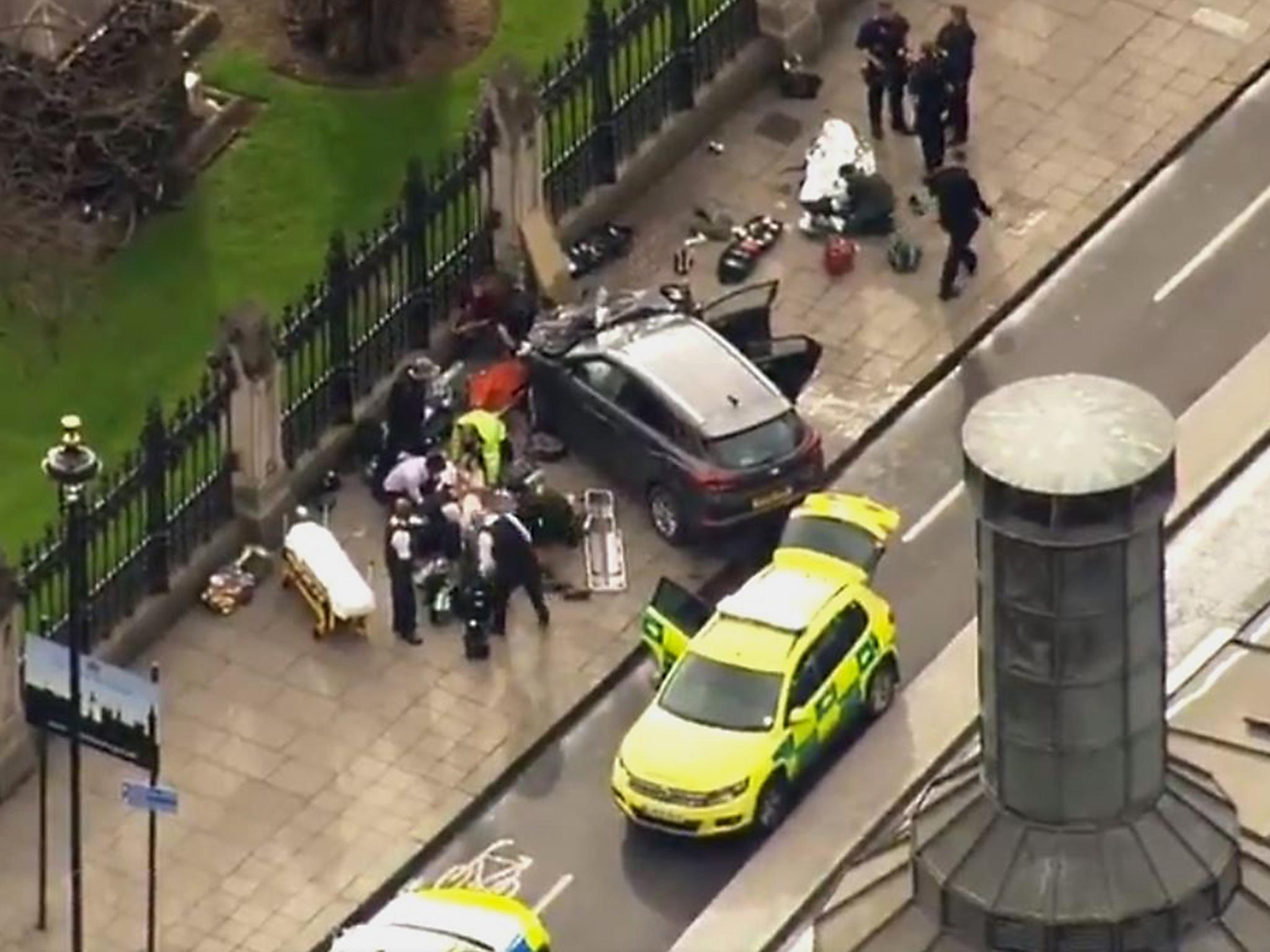London attack: This is the new, low-tech face of modern terrorism
The terrorists on our streets no longer need sophisticated plans or complex, costly equipment to kill and seriously injure people


Your support helps us to tell the story
From reproductive rights to climate change to Big Tech, The Independent is on the ground when the story is developing. Whether it's investigating the financials of Elon Musk's pro-Trump PAC or producing our latest documentary, 'The A Word', which shines a light on the American women fighting for reproductive rights, we know how important it is to parse out the facts from the messaging.
At such a critical moment in US history, we need reporters on the ground. Your donation allows us to keep sending journalists to speak to both sides of the story.
The Independent is trusted by Americans across the entire political spectrum. And unlike many other quality news outlets, we choose not to lock Americans out of our reporting and analysis with paywalls. We believe quality journalism should be available to everyone, paid for by those who can afford it.
Your support makes all the difference.While so much remains unclear or unknown about the Westminster terror attack today – not least the precise motivation of those involved – one thing is apparent: this is another example of the new terrorism.
It’s low tech, it’s suicidal or semi-suicidal, and it’s as indiscriminate as any other iteration of terror. It conforms, as far as can be judged, to the examples seen in Nice and at the Christmas market in Berlin last year, where lorries were weaponised. It also echoes the murderous assault on the off-duty soldier Lee Rigby, who was run over before being hacked to death near Woolwich barracks in 2013.
The lesson is plain: anyone with access to a motor vehicle can use it in a terror attack. And there is simply nothing very much to stop that.
Any visitor to the Palace of Westminster, Whitehall and the immediate environs will be familiar with the bollards and other obstacles permanently in place to protect against such an assault. No doubt those will now be extended to the roadsides within a wider radius of the houses; the roads and streets around Whitehall, the Mall, Parliament Square and Westminster Bridge may well be revised so that any would-be attacker in a vehicle will not be able to build up the momentum they would need to overcome these barriers for a devastating attack, on Buckingham Palace or St James's Palace for example, particularly late at night when traffic is light. The gates to the Palace that remain guarded but open to allow cars to enter and exit the parliamentary estate will also now likely be changed.
So precautions can obviously be extended – but it is equally obviously impractical to extend these to very single piece of road in Westminster, London, or any other city.
The intelligence services should receive generous funding in order to pursue as much suspicious activity as possible. Yet this is also an age of terror where those deranged enough to commit these deeds need take no instructions from, or even communicate directly with, the leaders of a terror “franchise” such as Isis or al-Qaeda. There may be no “chatter” to be picked up. They can just as readily act on their own initiative and be unknown to the authorities.
As we have seen today, terrorists on our streets do not need sophisticated plans or complex, costly equipment to kill and seriously injure people. The truth about the evolving nature of modern terror is that the terrorists, or some of them, will always get through. As ever, they only have to be “lucky” once.
Join our commenting forum
Join thought-provoking conversations, follow other Independent readers and see their replies
Comments